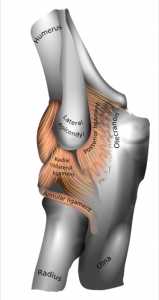PainRelief.com Interview with:

Dr Yousuf El Mokhallalati MD, MPH and PhD candidate
Research Assistant, and PhD candidate
Academic Unit of Palliative Care
Leeds Institute of Health Sciences (LIHS)
University of Leeds
Leeds, UK
PainRelief.com: What is the background for this study? What are the main findings?
Response: We examined the factors associated with good pain relief at before death, using data which was drawn from responses to the National Bereavement Survey (VOICES) in England between 2011 and 2015, which asked families or close relatives to reflect on the quality of care provided to a person who had died.
Just 10% of patients who died of a non-cancerous disease received palliative care at home, compared to 63% of cancer patients.
The study revealed that people who accessed palliative care at home were 2.7 times more likely to have experienced good pain relief compared to those who did not receive palliative care.
The association between good pain relief and palliative care at home occurred regardless of the type of disease that patients had, but access to palliative care was not provided equally.
This research shows that palliative care is associated with significant benefits to people with every kind of progressive disease, but this is not reflected in the spread of people that are being offered palliative care.
The study also suggests that patients who had planned where they wanted to die are nearly twice as likely to experience good pain relief compared to those who had not, showing the value of planning ahead and coordinating the support of healthcare professionals.
Only a quarter of patients were found to have recorded a preferred place of death. Cancer patients were nearly three times more likely to have a preference recorded compared to non-cancer patients (36.6% of cancer patients versus 13.1% of non-cancer patients).
Continue reading







